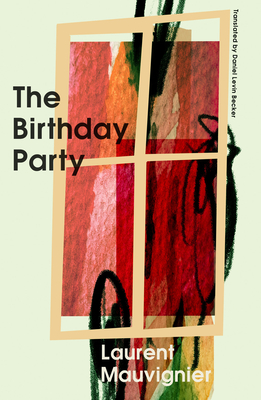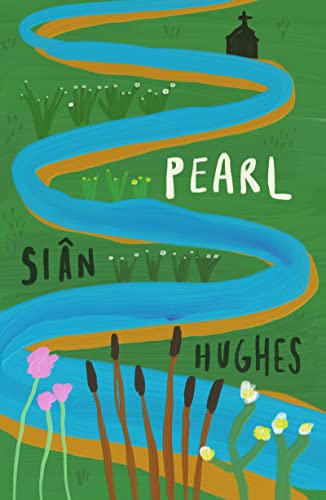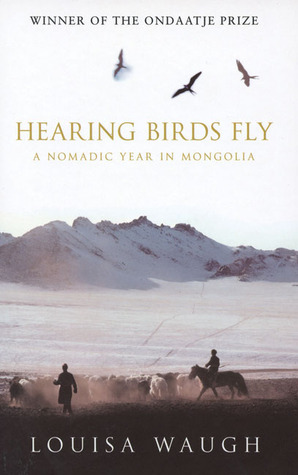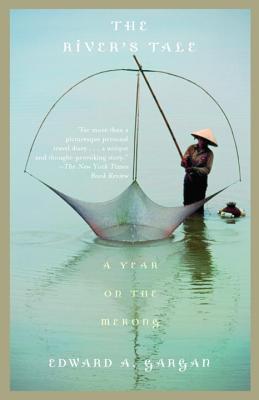This is my first Book Trail in such a long time; I feel a little rusty, if I’m honest! As ever, I have used a recent read as a jumping off point on Goodreads, and the ‘Readers Also Enjoyed’ function has helped me to generate this list. Have you read any of these titles?
1. The Scent of Flowers at Night by Leila Slimani

‘Night is the land of reinvention, whispered prayers, erotic passions. Night is the place where utopias have the scent of the possible, where we no longer feel constrained by petty reality. Night is the country of dreams where we discover that, in the secrecy of our heart, we are host to a multitude of voices and an infinity of worlds…’
Over one night, alone in the Punta della Dogana Museum in Venice, Leila Slimani grapples with the self as it is revealed in solitude. In a place of old and new, she confronts her past and her present, through her life as a Moroccan woman, as a writer, and as a daughter. Surrounded by art, she explores what it means to behold and clasp beauty; enveloped by night, she confronts the meaning of life and death.
2. Happening by Annie Ernaux

In 1963, Annie Ernaux, 23 and unattached, realizes she is pregnant. Shame arises in her like a plague: Understanding that her pregnancy will mark her and her family as social failures, she knows she cannot keep that child.
This is the story, written forty years later, of a trauma Ernaux never overcame. In a France where abortion was illegal, she attempted, in vain, to self-administer the abortion with a knitting needle. Fearful and desperate, she finally located an abortionist, and ends up in a hospital emergency ward where she nearly dies.
In Happening, Ernaux sifts through her memories and her journal entries dating from those days. Clearly, cleanly, she gleans the meanings of her experience.
3. Still Born by Guadalupe Nettel

For readers of Rachel Cusk and Sheila Heti, Still Born is a profound novel about motherhood, creativity, and the power of friendship and community to make caretaking easier from “one of the leading lights in contemporary Latin American literature” (Valeria Luiselli, author of Lost Children Archive).
Alina and Laura are independent and career-driven women in their mid-thirties, neither of whom have built their future around the prospect of a family. Laura is so determined not to become a mother that she has taken the drastic decision to have her tubes tied. But when she announces this to her friend, she learns that Alina has made the opposite decision and is preparing to have a child of her own.
Alina’s pregnancy shakes the women’s lives, first creating distance and then a remarkable closeness between them. When Alina’s daughter survives childbirth – after a diagnosis that predicted the opposite – and Laura becomes attached to her neighbor’s son, both women are forced to reckon with the complexity of their emotions, their needs, and the needs of the people who are dependent upon them.
In prose that is as gripping as it is insightful, Guadalupe Nettel explores maternal ambivalence with a surgeon’s touch, carefully dissecting the contradictions that make up the lived experiences of women.
4. The Birthday Party by Laurent Mauvignier

A painter contends with the ghosts of the French countryside in a psychological literary thriller by a major French writer.
Buried deep in rural France, little remains of the isolated hamlet of the Three Lone Girls, save a few houses and a curiously assembled quartet: Patrice Bergogne, inheritor of his family’s farm; his wife, Marion; their daughter, Ida; and their neighbor, Christine, an artist. While Patrice plans a surprise for his wife’s fortieth birthday, inexplicable events start to disrupt the hamlet’s quiet existence: anonymous, menacing letters, an unfamiliar car rolling up the driveway. And as night falls, strangers stalk the houses, unleashing a nightmarish chain of events.
Told in rhythmic, propulsive prose that weaves seamlessly from one consciousness to the next over the course of a day, Laurent Mauvignier’s The Birthday Party is a deft unraveling of the stories we hide from others and from ourselves, a gripping tale of the violent irruptions of the past into the present, written by a major contemporary French writer.
5. Western Lane by Chetna Maroo

A taut, enthralling first novel about grief, sisterhood, and a young athlete’s struggle to transcend herself.
Eleven-year-old Gopi has been playing squash since she was old enough to hold a racket. When her mother dies, her father enlists her in a quietly brutal training regimen, and the game becomes her world. Slowly, she grows apart from her sisters. Her life is reduced to the sport, guided by its the serve, the volley, the drive, the shot and its echo.
But on the court, she is not alone. She is with her pa. She is with Ged, a thirteen-year-old boy with his own formidable talent. She is with the players who have come before her. She is in awe.
An indelible coming-of-age story, Chetna Maroo’s first novel captures the ordinary and annihilates it with beauty. Western Lane is a valentine to innocence, to the closeness of sisterhood, to the strange ways we come to know ourselves and each other.
6. Pearl by Sian Hughes

Marianne is eight years old when her mother goes missing. Left behind with her baby brother and grieving father in a ramshackle house on the edge of a small village, she clings to the fragmented memories of her mother’ s love; the smell of fresh herbs, the games they played, and the songs and stories of her childhood. As time passes, Marianne struggles to adjust, fixated on her mother’ s disappearance and the secrets she’ s sure her father is keeping from her. Discovering a medieval poem called Pearl and trusting in its promise of consolation, Marianne sets out to make a visual illustration of it, a task that she returns to over and over but somehow never manages to complete. Tormented by an unmarked gravestone in an abandoned chapel and the tidal pull of the river, her childhood home begins to crumble as the past leads her down a path of self-destruction. But can art heal Marianne? And will her own future as a mother help her find peace?
7. Study for Obedience by Sarah Bernstein

For readers of Shirley Jackson, Iain Reid, and Claire-Louise Bennett, a haunting, compressed masterwork from an extraordinary new voice in Canadian fiction.
A young woman moves from the place of her birth to the remote northern country of her forebears to be housekeeper to her brother, whose wife has recently left him.
Soon after her arrival, a series of inexplicable events occurs – collective bovine hysteria; the demise of a ewe and her nearly born lamb; a local dog’s phantom pregnancy; a potato blight. She notices that the local suspicion about incomers in general seems to be directed with some intensity at her and she senses a mounting threat that lies ‘just beyond the garden gate.’ And as she feels the hostility growing, pressing at the edges of her brother’s property, she fears that, should the rumblings in the town gather themselves into a more defined shape, who knows what might happen, what one might be capable of doing.
With a sharp, lyrical voice, Sarah Bernstein powerfully explores questions of complicity and power, displacement and inheritance. Study for Obedience is a finely tuned, unsettling novel that confirms Bernstein as one of the most exciting voices of her generation.
8. All the Little Bird-Hearts by Viktoria Lloyd-Barlow

Sunday lives with her sixteen year old daughter Dolly, the same house she has lived in all her life. She does things differently from other people, but mostly it works. On her “quiet days” she must eat only white foods. For social situations, she has her etiquette hand book, and for solace her beloved treasury of Sicilian folklore. But the one thing very much out of her control is Dolly – beautiful, headstrong Dolly who is on the cusp of leaving home.
Into this carefully ordered life step Vita and Rollo, a glamorous London couple who move in next door, disarm Sunday with their wit and charm, and proceed to deliciously break just about every rule in her etiquette manual. Soon the two families are in and out of each others houses, and Sunday feels loved and accepted like never before. But beneath Vita and Rollo’s charm and wealth there is something else, something darker. And Sunday has something that Vita has always wanted for herself, a beautiful, clever daughter of her own.

















 Freya by Anthony Quinn
Freya by Anthony Quinn
 Golden Hill by Francis Spufford
Golden Hill by Francis Spufford
 The Vanishing Futurist by Charlotte Hobson
The Vanishing Futurist by Charlotte Hobson














































